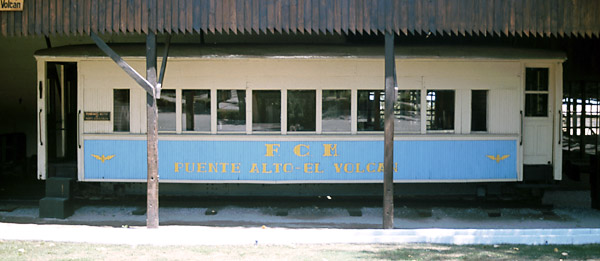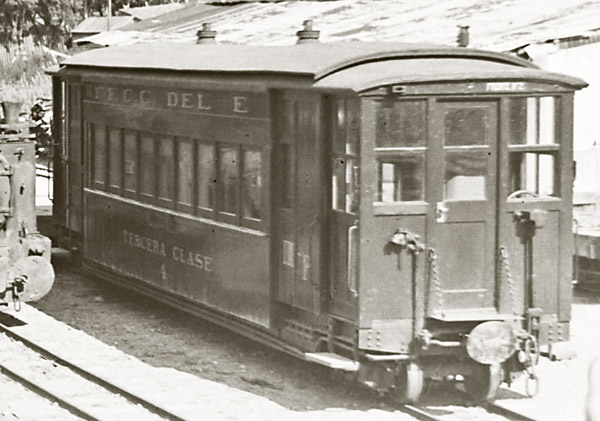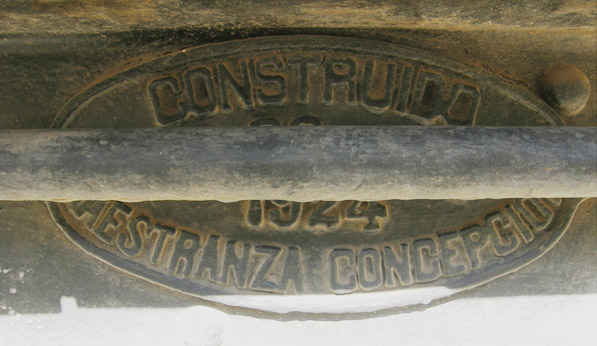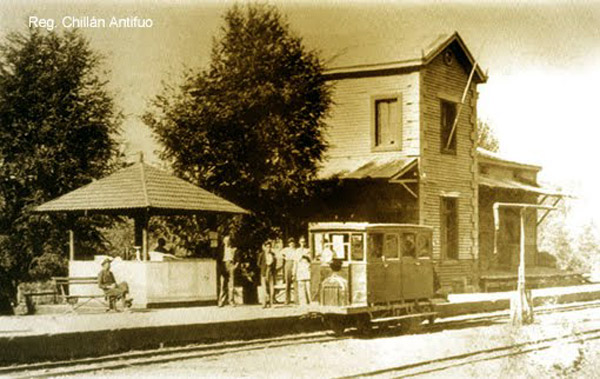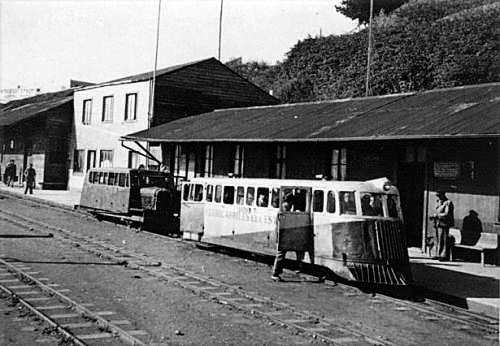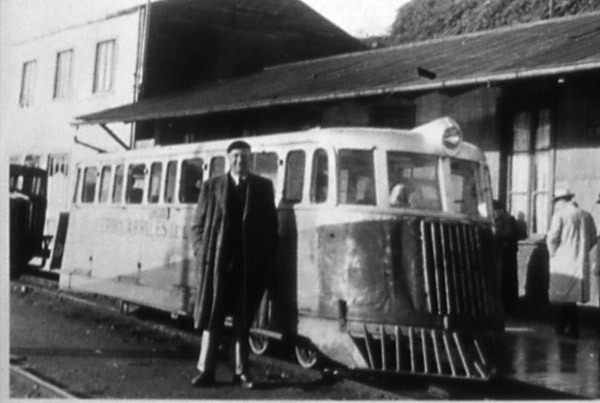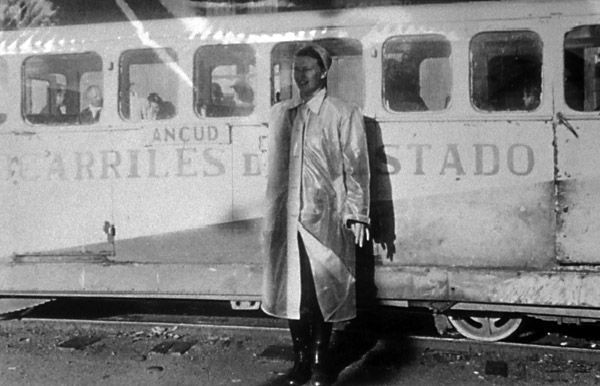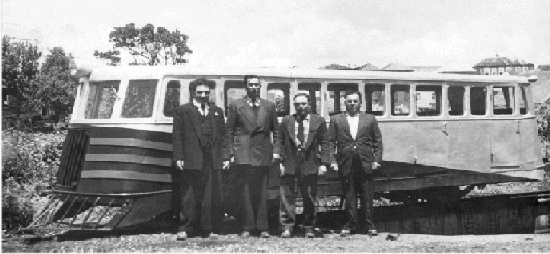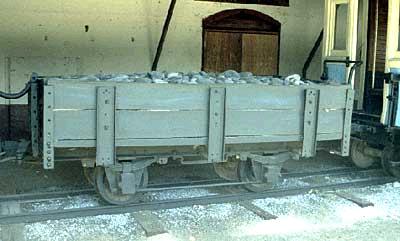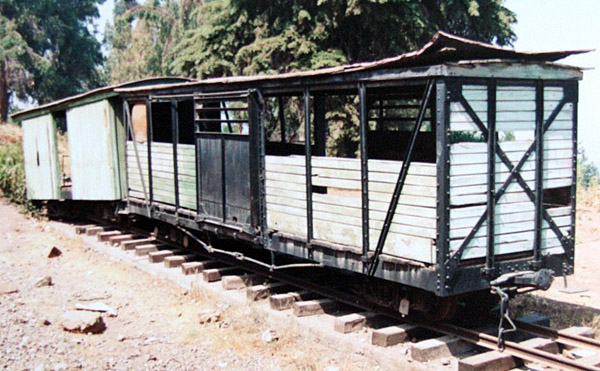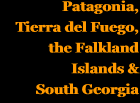 |
 |
 |
|||||||||||||||||||||||||||||||||||||||||||||||||||||||||||||||||||||||||||||||||||||||||||||||||||||||||||||||||||||||||||||||||||||||||||||||||||||||||||||
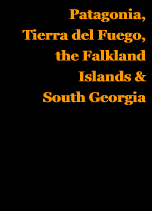 |
|||||||||||||||||||||||||||||||||||||||||||||||||||||||||||||||||||||||||||||||||||||||||||||||||||||||||||||||||||||||||||||||||||||||||||||||||||||||||||||||
 |
|||||||||||||||||||||||||||||||||||||||||||||||||||||||||||||||||||||||||||||||||||||||||||||||||||||||||||||||||||||||||||||||||||||||||||||||||||||||||||||||
Rolling stock, and bus-carrils It is clear that much of the FCE's narrow gauge rolling stock originated from the Arthur Koppel concern in Germany, with strong influence from their vehicles for the Otavi Railway in German South West Africa. In 1908 the dirección de Obras Públicas invited tenders for stock for the Puente Alto to El Volcán line south east of Santiago. This was the first of the new 60cm gauge branches to be completed and, whilst it was later operated by the army, the initial equipping was by the DOP. The decisions made at this time seem to have led to further contracts being awarded to Koppels for the other narrow gauge lines. However, some stock was later purchased from W. R. Grace and Co. in the USA. Coaches
A cropped and enlarged image from one of Señor Provoste's pictures at Ancud station illustrates many of the idiosyncratic details of these vehicles. This one is third class coach number 4. The well frame can clearly be seen, also the double skinned roof, the cerntral buffer and side-chains, the hand-brake wheel in the end vestibule, the roof-mounted oil lamps, and the label 'Frente no. 2' to distinguish one end from the other. The livery is as yet unknown, but the style of lettering is clearly displayed.
Whilst the carriages do not look unusual from the outside, the underframe was a strange design which rose at each end over the bogies (trucks). It is more easily seen in the picture of Butalcura station on the page dealing with the railway's route. A derelict frame remains at the station and the chassis design is clearly visible. The design has similarities to vehicles supplied by Arthur Koppel of Berlin to railways such as the Otavi in German South West Africa (now Namibia). Some coaches had fore-and aft facing seats in a bays of four, whilst others, possibly those of 3rd class, had inward facing wooden banches. Additional passenger coaches to the original Koppel design, and other vehicles too, were constructed around 1924 by the Maestranza Concepción.
Railcars Right from the start of the narrow gauge branches around 1909 there were small petrol-engined inspection vehicles, known as auto-vías. Nothing is known about these vehicles unless the photo below, taken on the Chillán - Recinto line, shows one of them supposedly in 1945 (4).
In later years, internal combustion engined railcars for public use were introduced, leading to a rapid increase in ticket sales on Chiloé and possibly elsewhere. The bus-carrils It was one of these 'bus-carrils' which was involved in the fatal accident in January 1960 when it hit a fallen tree near Mocopulli. The first photo below came from the Amigosdeltren website. The location is Castro, with the station building to the right. It may be that scheduled services ran in two parts with a second railcar following close behind the first.
Another photo, similarly showing the two varieties of bus-carril at Castro station, was taken on the occasion of the visit of a Scandinavian visitor to Castro, a Mr. Brattstrom (1). The following picture, presumably showing his wife, is included to ilustrate the lettering along the side and the Ancud destination board carried.
A third photo has come to light from the collection of Señor Luis Mardones Ballesteros. This tends to confirm that the vehicle had a two axle bogie at the front but only a single axle at the rear. The identities of the gentlemen in front, and the occasion, are unknown. The rear of the vehicle is standing on a turntable, presumably either at Ancud or Castro (3).
The line also had a Ford car adapted for rail use for inspection purposes. Wagons
Certainly some of the stock was bought new from an American manufacturer (2), though other vehicles may have been constructed more locally. The following photo shows a livestock wagon which until recently survived on the FC Puente Alto to El Volcán (5).
Stock lists
References: 4-3-12
|
|||||||||||||||||||||||||||||||||||||||||||||||||||||||||||||||||||||||||||||||||||||||||||||||||||||||||||||||||||||||||||||||||||||||||||||||||||||||||||||||
Chapter 6
The Chiloe Island 60cm gauge railway
